An introduction to Moth Trapping - Part Three: Collecting Data
This is the Third and Final Part in a series of articles looking into Moth Trapping for recording purposes
Part 1 dealt with setting up the trap ready for the session
Part 2 went through a trapping session.
Part 3 is all about creating records; what species I have seen and in what numbers.
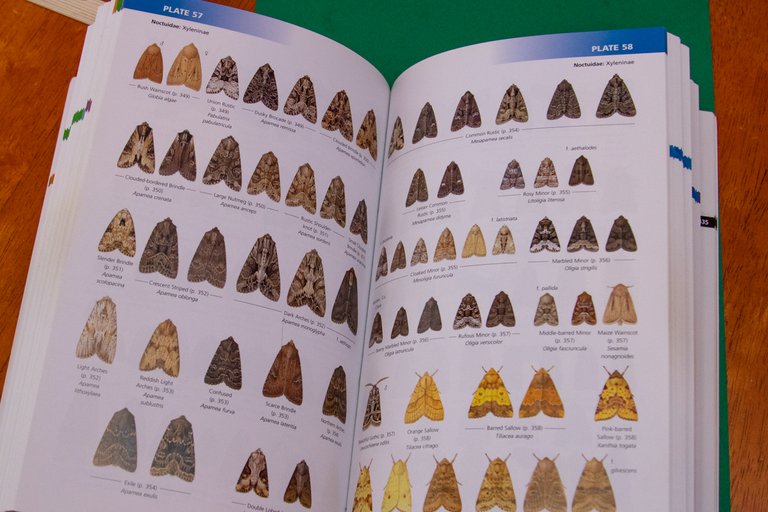
I’ll be honest, this last part is the slightly tedious part. In Part 1 I am excited to get set up, In Part 2 I am outside with moths whizzing around. Part 3 involves paperwork and sifting through textbooks. But as previously mentioned it is a vital and important part of exploring nature, so let’s get to it.
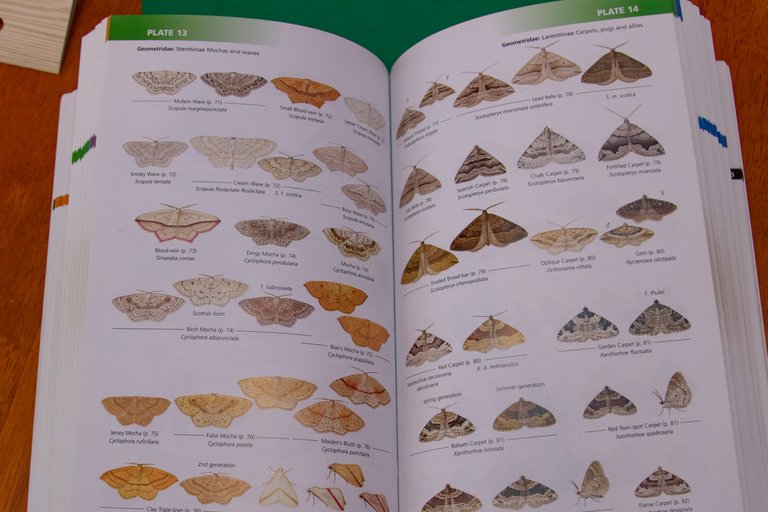
First step is to check ID’s. I have reasonable experience to pick out the common species (most of these I added to the spreadsheet in the previous evening). Some of the moths can be quite similar, so I will use the books to double check and confirm my ID’s.

For example this Heart and Dart is quite distinctive, but the Campion in the next picture is harder, so I checked a couple of books to make sure.
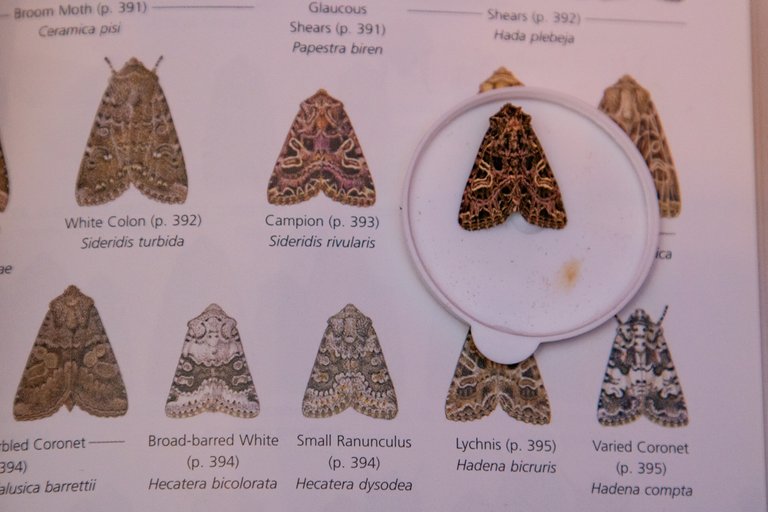
Remember, a record is only useful if it is correct. If I am not 100% sure on an identification (ID) then I don’t submit the record.
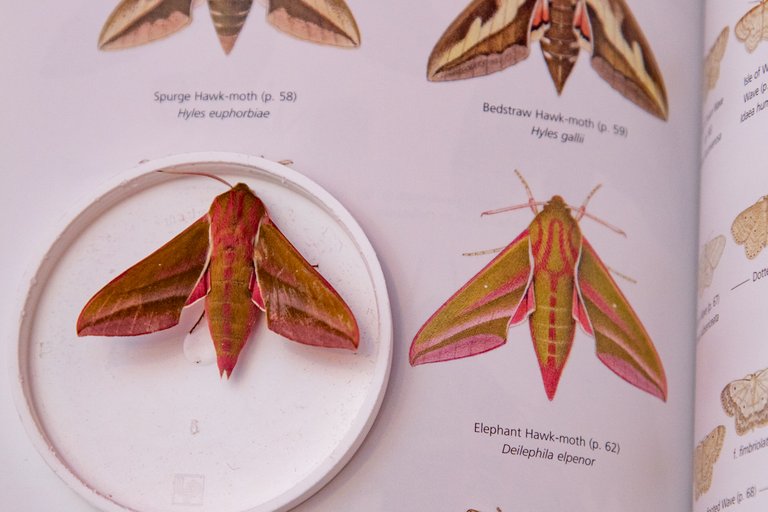
This is a nice easy one to ID!
Once I have all the ID’s sorted, I can now fill in my spreadsheet with my results. This was sent to me by the local Official Moth Recorder, and I will send him a completed file at the end of the year.
With the boring, but necessary part over, I can now choose a couple of the interesting moths and have a little photo shoot, such as this gorgeous Elephant Hawkmoth I caught from the previous evening, placed on a buddleia flower.
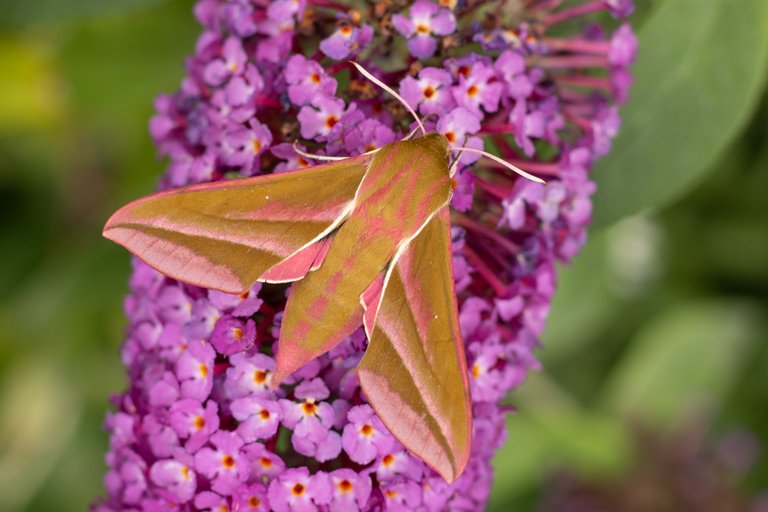
After any pictures are taken, I place all the moths back in to the fridge (to keep them cool and safe remember from Part 2?). And now I put all the equipment away. I check the trap is finally empty (I sometimes find random moths that I have previously missed) and I give everything a quick wipe down. The white sheet gets washed every couple of weeks, and the moth pots are washed in slightly soapy warm water to remove any dust.
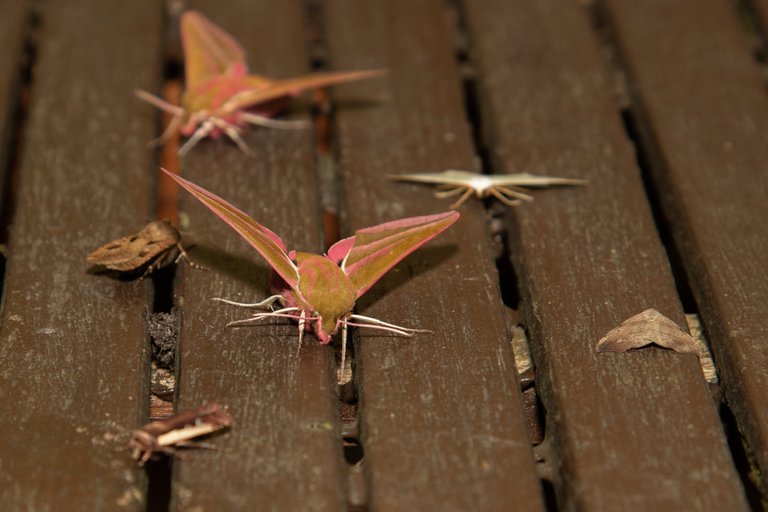
In the late evening, literally just before night falls, I will then release the moths again. If I do this earlier in the day then the birds will often catch and eat them, which isn’t fair. In the process of catching them I have disturbed their usual behaviour. Its only fair that I treat them with respect, and release them in a way that gives them maximum chance for survival.
I hope you enjoyed this small series of articles, if you have any questions or feedback then please leave a comment below
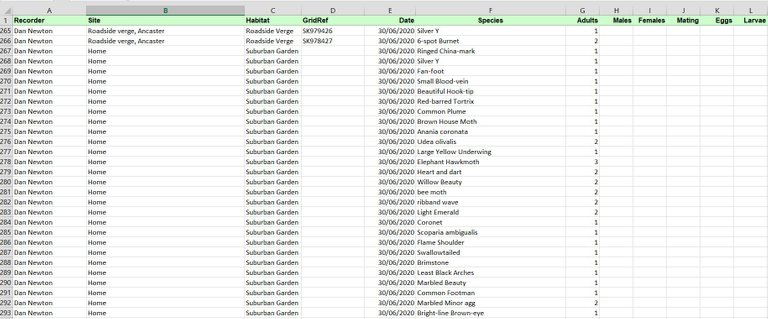
I do not have any question. I am just amazed at his beautiful work.
Thank you, I'm glad you found it interesting :-)